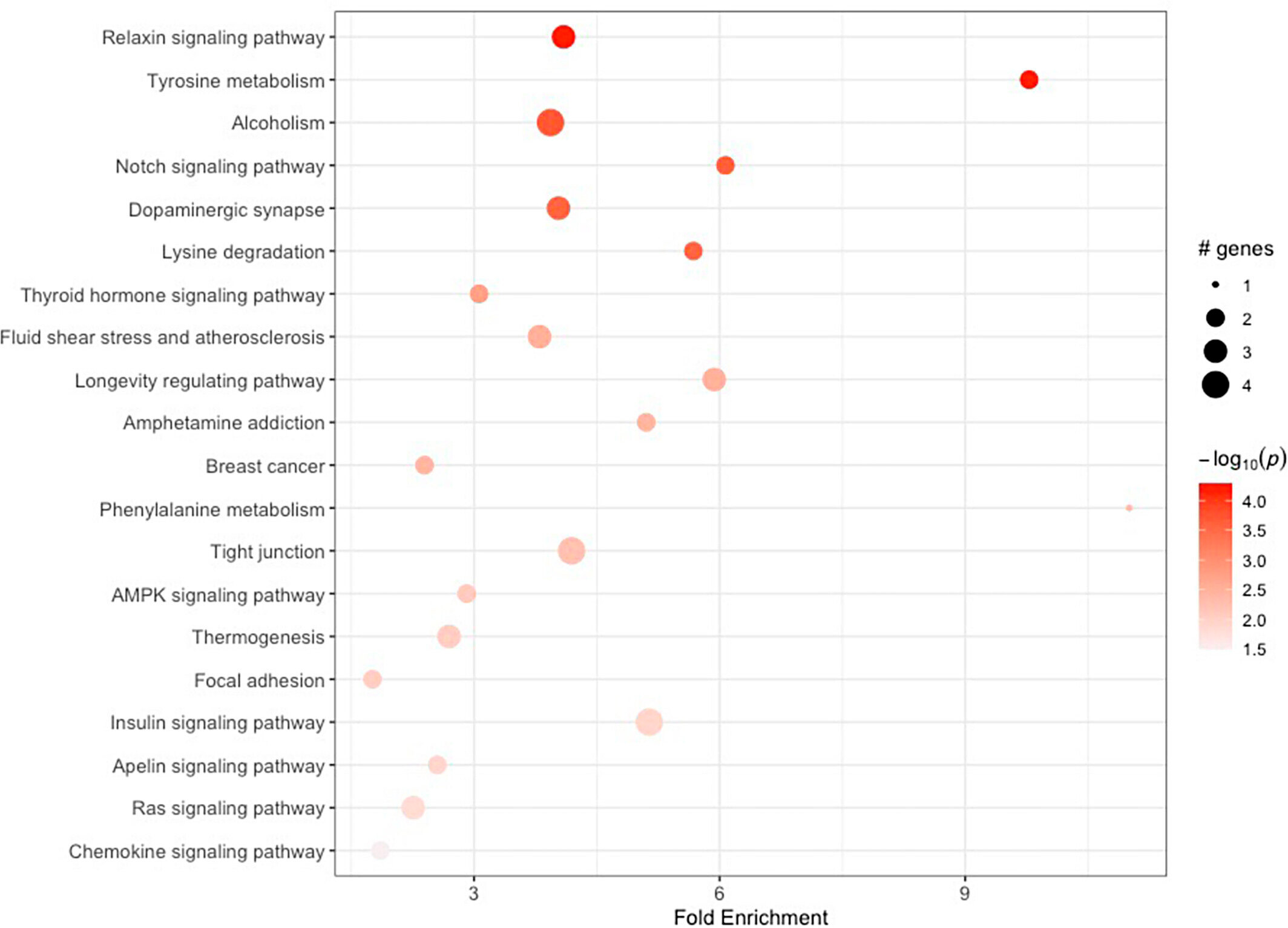Nye publikasjoner
Biomarkører for miljøeksponering ved Parkinsons sykdom oppdaget
Sist anmeldt: 02.07.2025

Alt iLive-innhold blir gjennomgått med medisin eller faktisk kontrollert for å sikre så mye faktuell nøyaktighet som mulig.
Vi har strenge retningslinjer for innkjøp og kun kobling til anerkjente medieområder, akademiske forskningsinstitusjoner og, når det er mulig, medisinsk peer-evaluerte studier. Merk at tallene i parenteser ([1], [2], etc.) er klikkbare koblinger til disse studiene.
Hvis du føler at noe av innholdet vårt er unøyaktig, utdatert eller ellers tvilsomt, velg det og trykk Ctrl + Enter.

Et team av forskere fra Northwestern Medicine har oppdaget nye DNA-metyleringsmønstre i blodet til pasienter med Parkinsons sykdom, ifølge resultater publisert i tidsskriftet Annals of Neurology.
Studien, ledet av Paulina Gonzalez-Latapi, MD, MS, assisterende professor ved Avdeling for bevegelsesforstyrrelser ved Ken og Ruth Daveys nevrologiske avdeling, demonstrerer potensialet ved å bruke DNA-metylering som en biomarkør og diagnostisk verktøy for å identifisere sykdomsrisiko hos pasienter.
Parkinsons sykdom oppstår når visse områder av hjernen mister evnen til å produsere dopamin og til slutt regulere bevegelse. Tilstanden rammer mer enn seks millioner mennesker over hele verden, ifølge Michael J. Fox Foundation for Parkinson's Research.
I tillegg til de kjente genetiske årsakene til Parkinsons sykdom, tyder nyere studier også på at miljøfaktorer kan øke risikoen for å utvikle sykdommen. Imidlertid er det fortsatt dårlig forstått hvordan miljøfaktorer og genetiske mutasjoner påvirker risikoen for å utvikle sykdommen.
I den nåværende studien undersøkte forskerne DNA-metyleringsprofiler fra blodprøver fra 196 pasienter med Parkinsons sykdom og 86 friske deltakere som var registrert i Parkinson's Progression Markers Initiative (PPMI)-studien.
"DNA-metylering fungerer på en måte som et minne om tidligere miljøeksponeringer som til slutt endrer metyleringssignaturene i cellene og kroppene våre," sa Gonzalez-Latapi.
Forskerne analyserte først genomomfattende metyleringsdata for å identifisere metyleringsendringer i deltakernes fullblodsprøver (bestående av røde blodlegemer, hvite blodlegemer og blodplater) i løpet av den treårige studieperioden. Deretter integrerte de disse dataene med genuttrykksdata innhentet gjennom RNA-sekvensering. Ved å bruke en rekke tilnærminger fant teamet 75 differensielt uttrykte gener med distinkte metyleringsmønstre hos Parkinsons-pasienter sammenlignet med friske kontrollpersoner.

Signalveisberikelse for differensielt metylerte regioner (DMR-er) ved baseline. Sirkelstørrelsen representerer antall gener som tilhører hver signalvei (større sirkel = flere gener). Kilde: Annals of Neurology (2024). DOI: 10.1002/ana.26923
Mer spesifikt ble det observert konsistente forskjeller i DNA-metylering i CYP2E1-genet fra baseline og gjennom hele den treårige studieperioden. CYP2E1-proteinet er kjent for å metabolisere substrater, inkludert plantevernmidler, som eksponering for tidligere har vært knyttet til utvikling av Parkinsons sykdom, ifølge Gonzalez-Latapy.
"Dette er et viktig skritt mot å avdekke de komplekse interaksjonene som oppstår ved Parkinsons sykdom, og kan bane vei for å identifisere potensielle biomarkører for tidlig diagnose og progresjon," sa Gonzalez-Latapy.
«Karakterisering av DNA-metylering og genuttrykksmønstre i blodet har potensial til å hjelpe oss å forstå de komplekse samspillene mellom miljømessige og genetiske faktorer i utviklingen av Parkinsons sykdom», sa Dimitri Crane, MD, Ph.D., Aaron Montgomery Ward-professor og Ken og Ruth Davey-lederen ved nevrologisk avdeling, seniorforfatter av studien.
«Fra et bredere perspektiv vil slike pasientbaserte studier bidra til å klassifisere pasienter med Parkinsons sykdom gjennom et biologisk perspektiv, noe som til slutt vil legge til rette for utviklingen av mer presise behandlinger for pasienter med ulike undertyper av sykdommen.»
González-Latapy sa at teamet hennes planlegger å studere DNA-metyleringsdata hos pasienter i prodromfasen av Parkinsons sykdom – de som er i faresonen for å utvikle sykdommen, men som ennå ikke viser symptomer. De håper også å studere hvordan miljøeksponeringer, som eksponering for plantevernmidler, påvirker metyleringsendringer hos pasienter over tid, la hun til.
